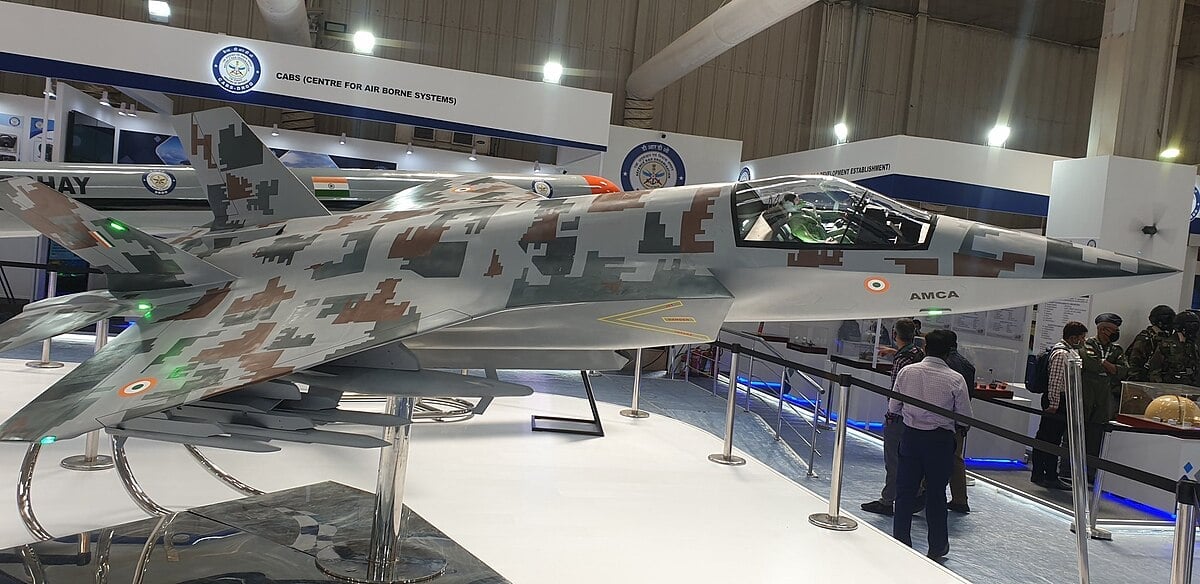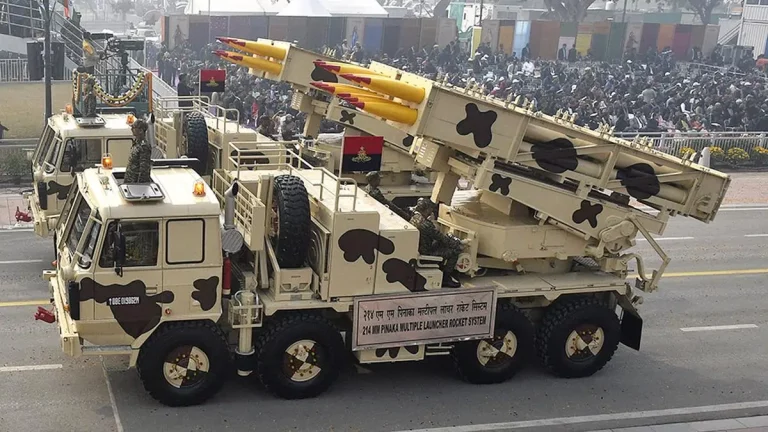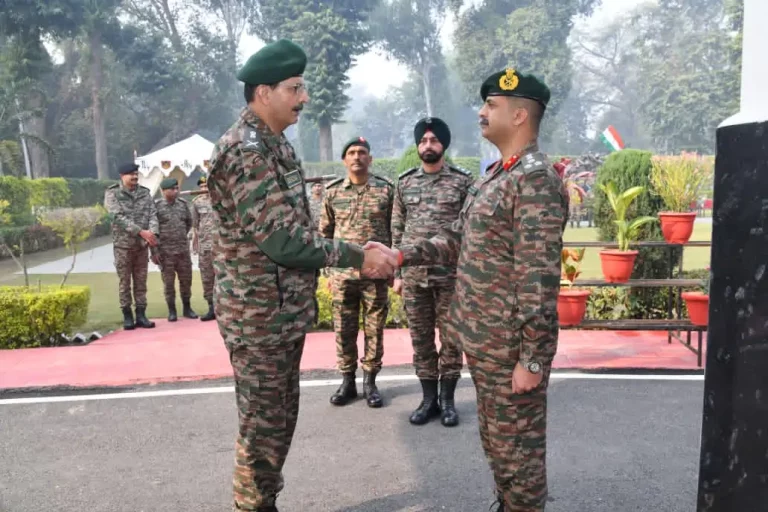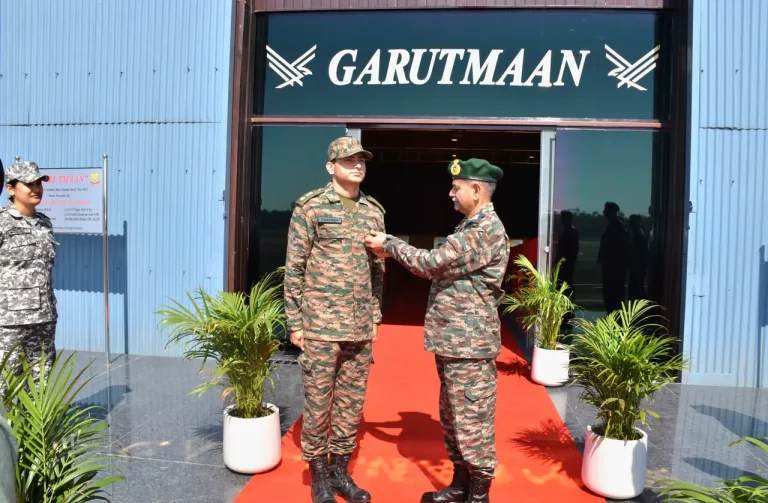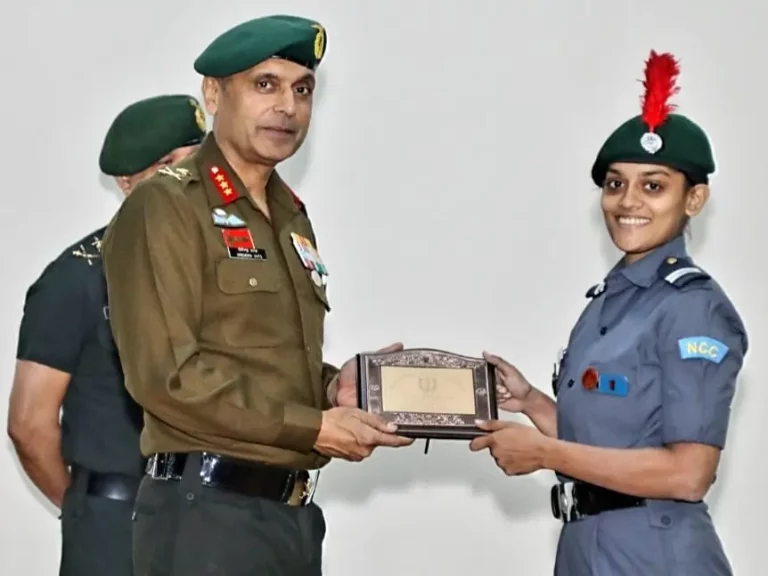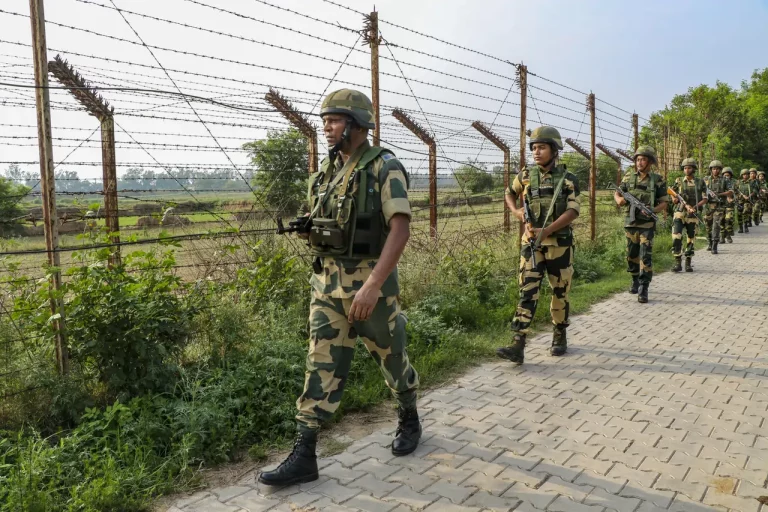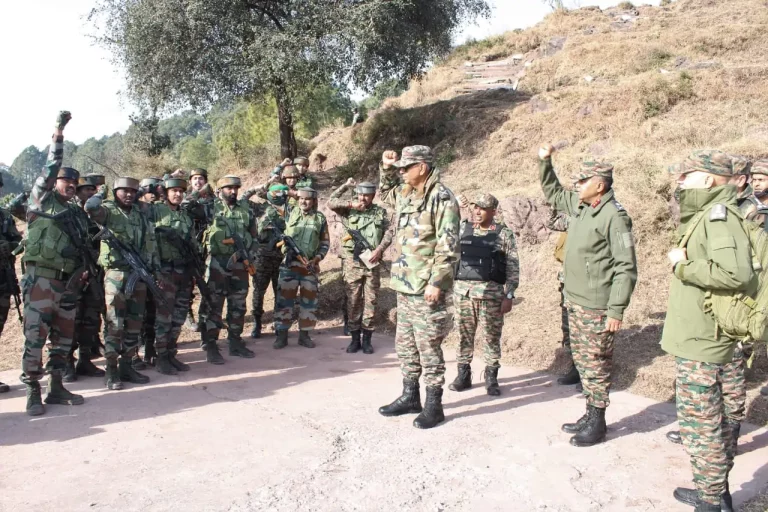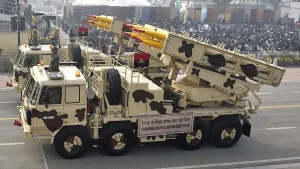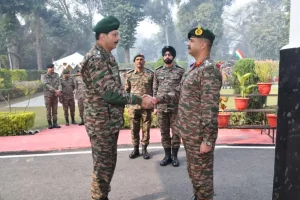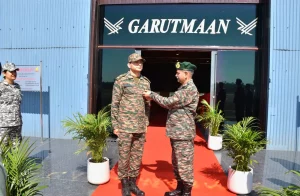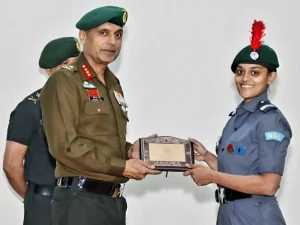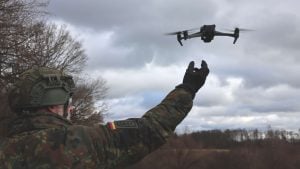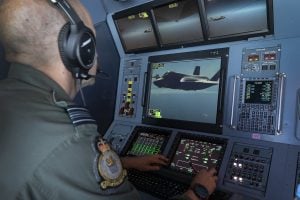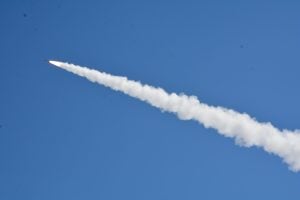In a noteworthy advancement for India’s Advanced Medium Combat Aircraft (AMCA) program, four prominent Indian technology firms—Infosys Limited, Tata Consultancy Services (TCS), L&T Technology Services Limited, and Cyient Limited—have successfully completed the technical evaluation phase focused on the detailed design and engineering of the airframe for India’s first fifth-generation stealth fighter. This achievement is pivotal in India’s ambition for self-reliance in defense manufacturing, echoing the Ministry of Defence’s initiative to enhance indigenous participation in sophisticated military projects.
The AMCA is a single-seat, twin-engine, all-weather multirole combat aircraft being developed by the Aeronautical Development Agency (ADA) under the purview of the Ministry of Defence, aimed at serving both the Indian Air Force and Navy. The aircraft is designed to integrate cutting-edge stealth features, supercruise capabilities, thrust vectoring, and an optimized radar cross-section. Expected to elevate India to the ranks of elite nations possessing fifth-generation fighter technology, the program has moved into the prototype development phase as of February 2025, building on the successful completion of earlier feasibility studies and detailed design assessments.
The inclusion of major private sector technology companies in the AMCA initiative highlights a transformative shift in India’s defense landscape, increasingly capitalizing on domestic expertise. These firms contribute advanced engineering, design analysis, and digital solutions; however, their relative inexperience in defense airframe manufacturing has raised concerns regarding their ability to meet the program’s rigorous demands. Despite these challenges, their participation signifies a pivotal turn in India’s defense strategy, fostering collaboration between defense public sector undertakings (DPSUs) and private ventures.
A significant feature of the AMCA’s design is its heavy reliance on carbon-fiber composites (C-FC), anticipated to constitute 60-80% of the aircraft’s structural weight. This material choice is expected to enhance the AMCA’s attributes, making it lighter, stronger, and easier to maintain by reducing the number of joints and rivets, which in turn minimizes structural fatigue. For context, the LCA Tejas incorporates around 45% composite material in its airframe.
The AMCA project is crucial to India’s broader defense modernization efforts, with a maritime variant called AMCA-N also underway to address the operational needs of the Indian Navy’s Indigenous Aircraft Carrier-2 (IAC-2). This aircraft is designed to include an internal weapons bay, advanced avionics, and versatile capabilities to satisfy a multitude of operational scenarios.
While international collaboration opportunities have surfaced, India has opted to pursue the AMCA program primarily on its own, highlighting its commitment to enhancing indigenous defense capabilities. This independent approach, while fraught with challenges related to expertise and infrastructure, aims to ensure that the program’s achievements are rooted in domestic innovation.
As the bidding process for selecting the primary vendor to lead the airframe’s development unfolds, the AMCA continues to attract considerable interest. India remains focused on balancing swift development with the integration of state-of-the-art technologies, including the domestically produced Kaveri engine, to fulfill its strategic defense requirements.
